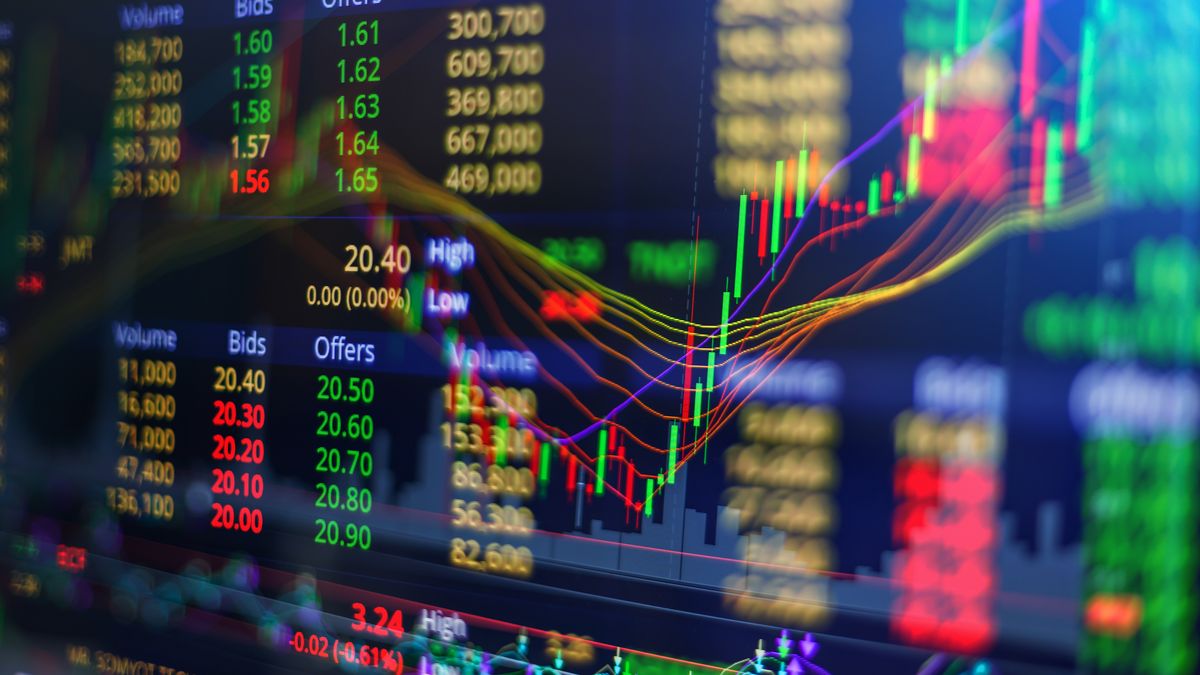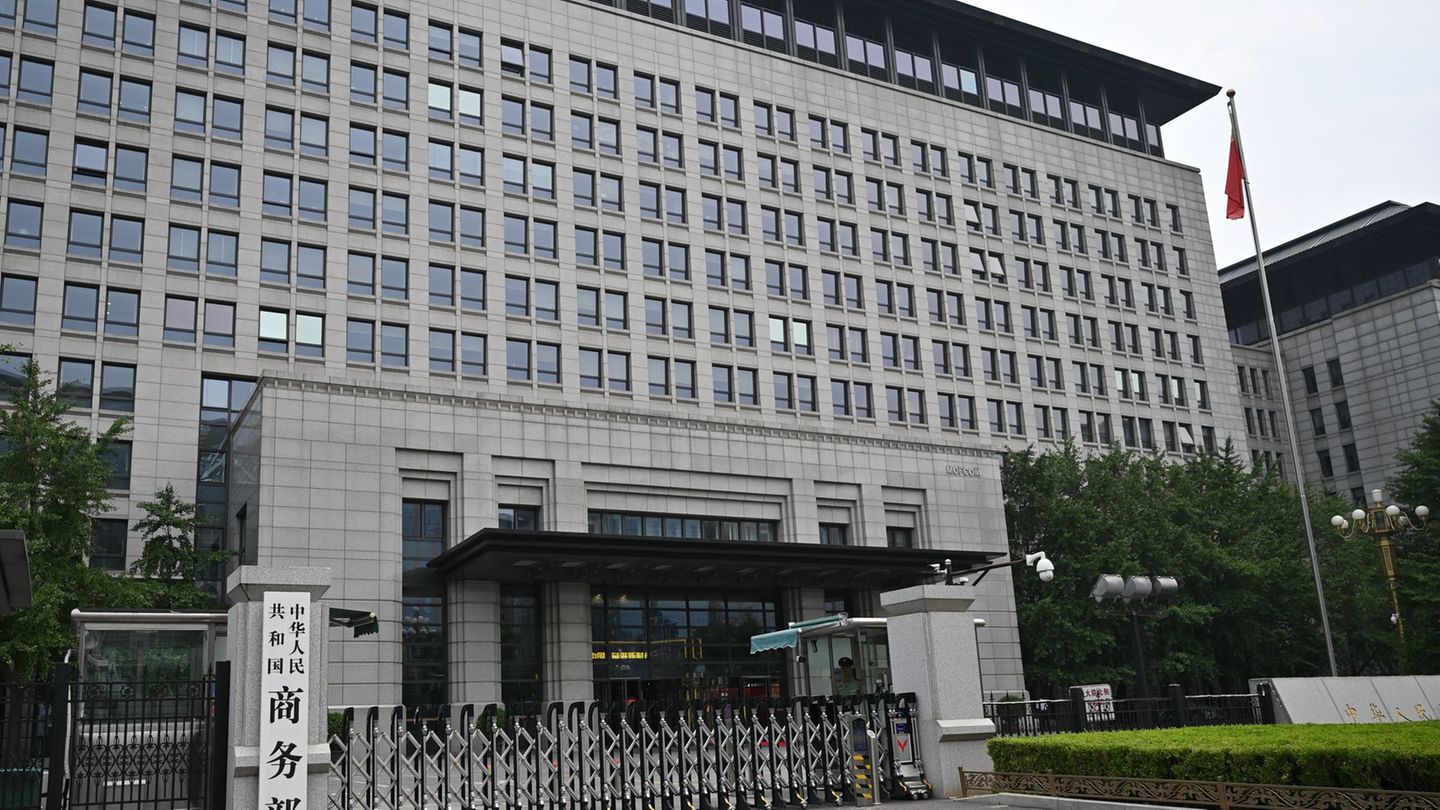Backed by the financial dollars that they definitely woke up from their nap and jumped up to 4.5% (MEP), the leading S&P Merval index BYMA rose 4.2% to 234,153.71 points, after marking its new intraday historical maximum in pesos of 234,946.82 units in the final part of the business.
The leading panel measured in dollars CCL increased by 2.2% and closed at 681.53 points, a new maximum since before the PASO of 2019, when it came to exceed 900 points. “The rise of the S & P Merval in dollars has been very important, as a result of the electoral trade and the expectations that generate a potential change of regime in 2023,” he told Scope Lucas Caldi, PPI Corporate Credit Team Leader.
Financial papers continued as stars in the bullish rally, but this Thursday YPF also joined, to the rhythm of Argentine ADRs on Wall Street. Thus, the most important increases of the day in the Stock Market were recorded by Banco Macro papers (+7.7%); from the Argentine oil company (+7.5%); and Grupo Financiero Galicia (7.2%).
For his part, Argentine assets on the New York Stock Exchange ended with increases of up to 9.3%, such was the case of Mercado Libre, which was followed by Grupo Supervielle (+6.7%); and YPF (+4.9%), whose share once again exceeded the symbolic level of US$10. In the last six months, its price more than tripled, accumulating a rise of 245%.
“YPF had had a great 2022, but during January it was lagging a little behind the S&P Merval index in dollars (12%, vs. 16%) due to a drop in crude oil prices at the start of 2023, something that was reversed partially between Wednesday and this Thursday,” Caldi said.
If we compare the price of YPF with the post-PASO 2019 values, the share of the Argentine oil company is at similar levels, between US$10 and US$11. But it still has a long way to go compared to the pre-PASO values, when it was at US$16. “If we see these values, its potential rise is significant, that is to say 60%. And we must remember that between that time and the present, there was an important development of Vaca Muerta, with which if Argentina normalizes and has access again to the international market, we would tend to think that the values of 2019 could be a floor”expressed the Corporate Credit Team Leader of PPI.
In the United States, inflation was released for December which, in line with expectations, showed deflation of -0.1% m/m (+6.5% y/y), while core inflation was +0 .3% m/m (+5.7% y/y), strengthening the possibility that the Federal Reserve will further reduce its pace of rate hikes. This data also supported Argentine assets, in line with what was seen in emerging economies.
The biggest reaction was seen in the bond market where the 10-year rate fell 11 bp to 3.43%. After a red start, the S&P 500 reversed the trend and closed with an increase of 0.34%.
Bonds and country risk
In the fixed income segment, bonds in dollars closed mixed, with falls led by Global 2038 (-2.7%), and Global 2030 (-0.8%); and promotions led by Global 2029 (+3.2%) and Global 2035 (+2%).
Thus, the risk country Argentinian it fell 0.4% to 1,999 basis points. The indicator reached 1,991 points on Wednesday, the lowest level since the beginning of last June and far from the limit close to 3,000 points reached at the end of July. This behavior is a great incentive for Argentine financial businesses, operators said.
For his part, dollar-linked sovereign bonds showed good demand and rose 0.5% on average, always concentrating the volume on TV23. The duals were also on demand and closed with average increases of 0.75%, with the TDL23 standing out, which gained 1%.
Regarding the segment CER, after the inflation data, the Leceres and the Bonceres closed with average increases of 0.5%, with the exception of the TX28 which fell 0.8%.
The Central Bank (BCRA) maintained its referential rate at 75% per year to keep up with the positive returns of the market and after knowing the inflation data. This decision was advanced on Wednesday by Reuters.
The Rosario Stock Exchange (BCR) made sharp cuts to its harvest estimates for soybeans and corn 2022/23, now 37 million and about 45 million tons respectively, due to the impact of the worst drought in 60 years to hit the key food exporter.
This reality will have a strong economic impact, according to the Grain Exchange of Buenos Aires, with a retraction equivalent to 1.8% of GDP in 2023, which would lead the country to lose up to 11,628 million dollars in grain exports.
Source: Ambito
I am a 24-year-old writer and journalist who has been working in the news industry for the past two years. I write primarily about market news, so if you’re looking for insights into what’s going on in the stock market or economic indicators, you’ve come to the right place. I also dabble in writing articles on lifestyle trends and pop culture news.




